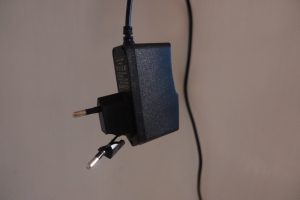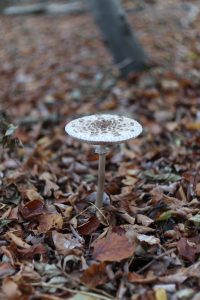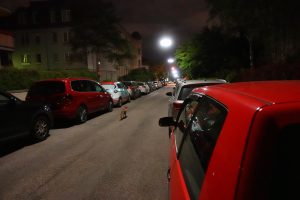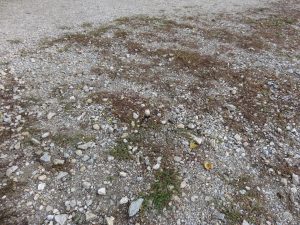COVID-19 / Coronavirus / SARS-CoV-2
What i write here is going to be outdated in a few days or weeks likely but anyway, some thoughts about this …
Ive been following the information updates in the last few days, less the mainstream news. And normally i do not pay much attention to either the mainstream news nor any non mainstream stuff. But since about the 13th or so ive the feeling from what iam reading that this might turn into a pandemic. I hope iam wrong, this is not my area of expertise at all.
I hope the dumb extrapolation of numbers one can do is wrong because if this virus is anywhere as deadly as currently predicted and if it spreads widely. A worst case scenario could have many dead. Basically if this infects a significant fraction the world population, and the current fraction of seriously ill patients would apply in that scenario. There would not be enough hospitals, ICUs, … . People could be dieing because of the medical system being overwhelmed by the cases of serious illness.
So, i hope iam wrong. I hope this is successfully contained, people are quarantined everywhere and the virus dies instead of people. And from what iam reading it seems china is successful in containing it, but i have difficulty imagining all countries will.
I hope by isolating the most severe cases the virus will evolve to become more benign. A virus which causes severe disease which causes quick detection and isolation doesnt spread well, one that produces minor or no symptoms spreads much better. This can push the virus to evolve toward being milder. Of course that only works if a milder variant still spreads equally well, evolution is survival of the fittest after all, it has nothing do do with the hosts survival.
I hope a working vaccine is quickly found, tested and becomes widely available.
I hope there will be enough antiviral medications for the people who need them.
I hope that if it does spread, the politicans will direct resources toward preparing the medical system of their country and teaching citizens about Hygiene.
In some countries wearing a mask to protect against spreading diseases is even outlawed currently. (like the one i am in for example)
Also its socially not particularly accepted, people here rather cough each other in the face, or if they are more polite cough in their hand and then touch everything and everyone from food to other people with that hand. Yeah thats why the flu and the cold spreads so well and why this one might too.
And i dont even want to think or be reminded of the general gen-tech-phobia. Without that more laboratories and researchers would exist who could now work on finding a vaccine or other treatments or just testing samples from patients if they have the virus. It is AFAIK very simple to do a PCR and gel electrophoresis or realtime PCR which is AFAIK how this is detected currently. There are YouTube channels where you can see hobbyists doing PCR and electrophoresis in a garage, shed or similar. Sure for the virus one needs a negative pressure glove box and some additional saftey but still it puzzles me a bit when i read that various countries cant test or cant test as many samples as they need.
Enough off topic talk, I hope this virus disappears, and everyone gets well and no more people die from it or any other virus.
Update 2020-03-14: You can donate to WHO to fight COVID-19 via covid19responsefund.org

















































